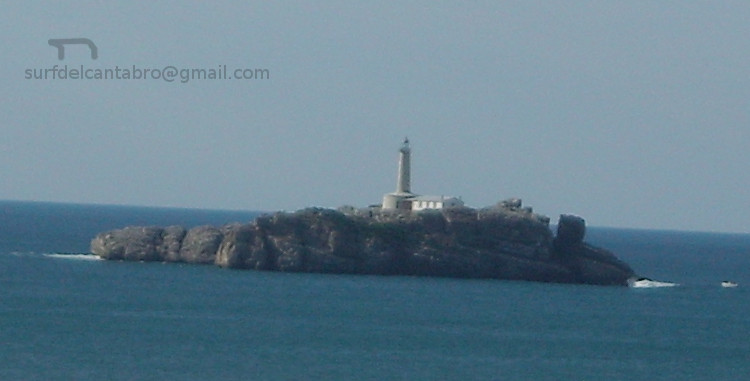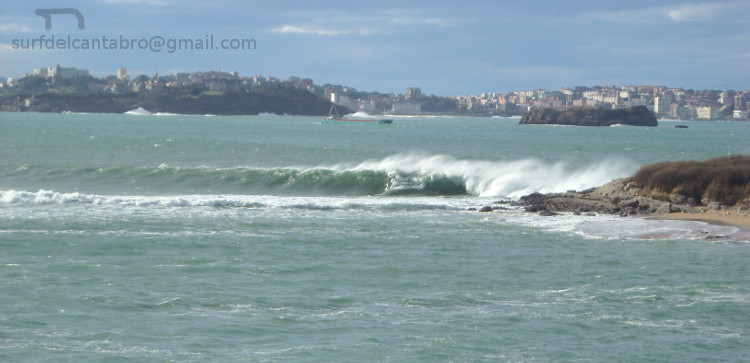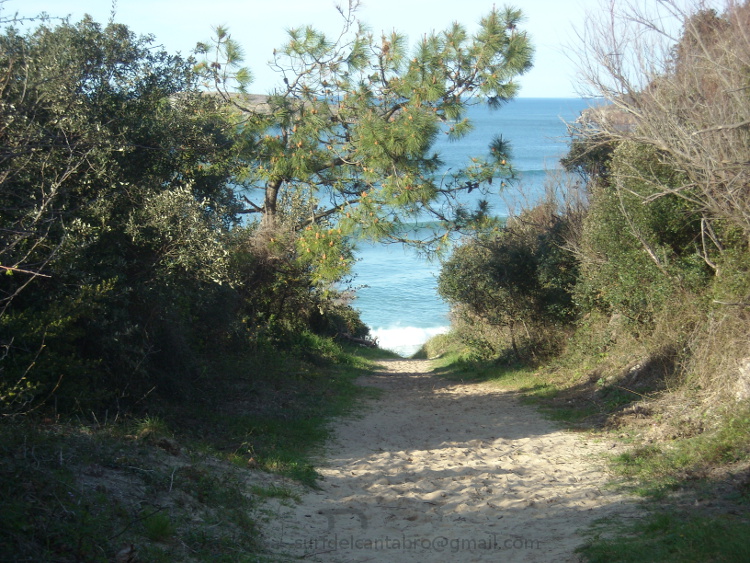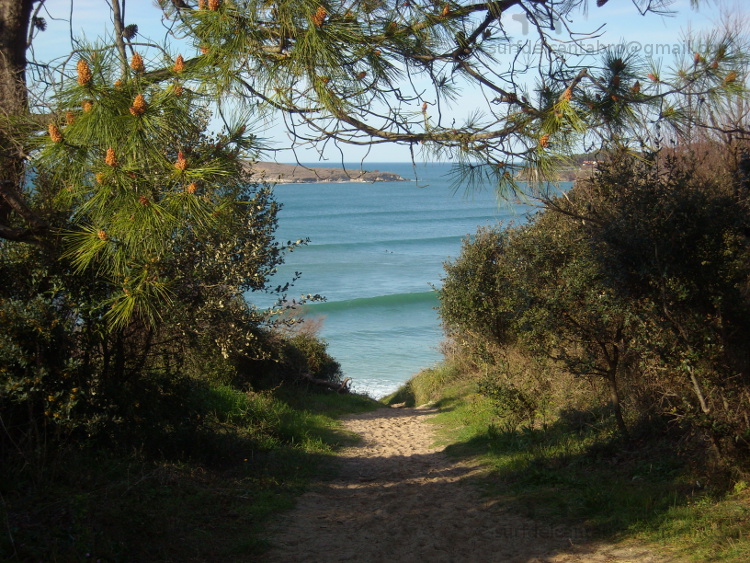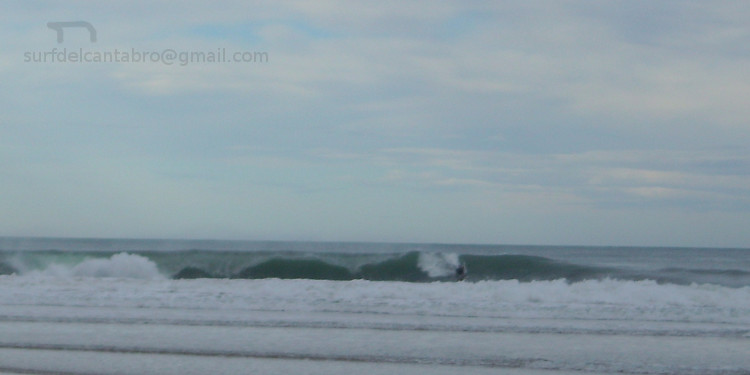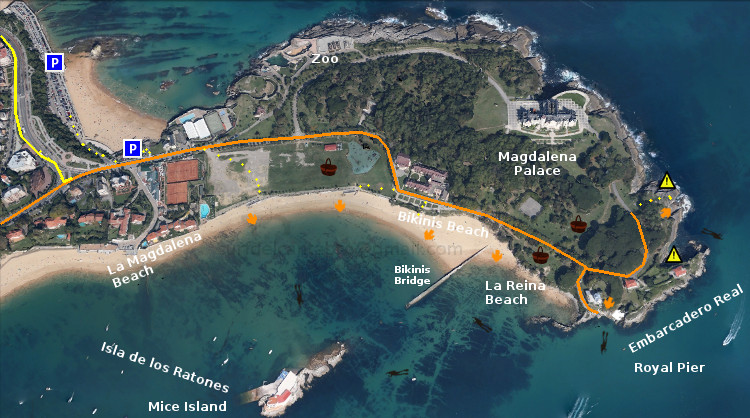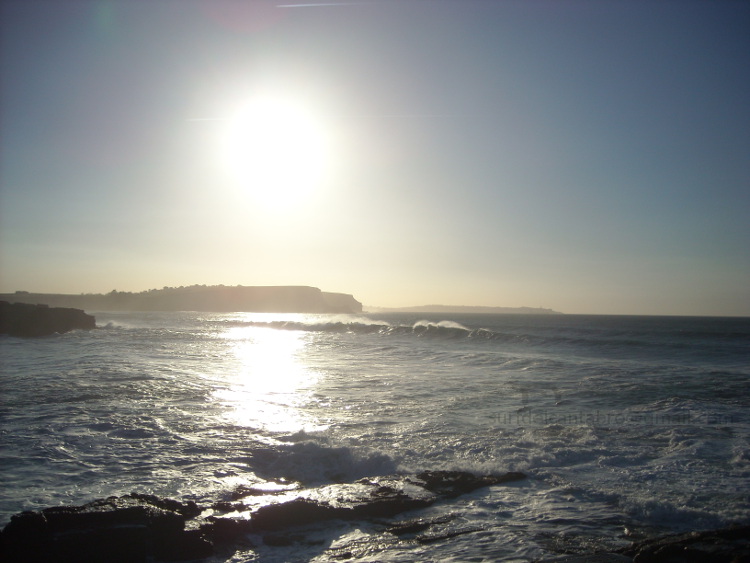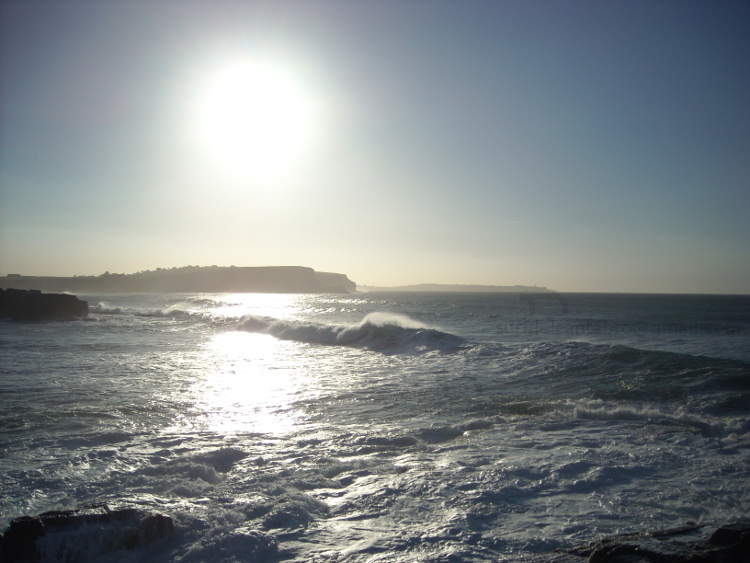Somo. Adrenalina primaveral
![]() La primavera entró el 20 de marzo. Lejos quedan los días de invierno en los que los temporales azotaban el Mar Cantábrico. El inicio de la estación trajo lluvia y la temperatura del agua rondaba los 12 grados. Conforme la Luna va cambiando de perfil, las horas de Sol han ido aumentando; calentando el agua tibiamente. En algunas fechas posteriores se han registrado temperaturas superiores a los 20 grados. Pero el mar sigue su curso y se mide por otra escala. Actualmente el agua se encuentra en 14 grados.
La primavera entró el 20 de marzo. Lejos quedan los días de invierno en los que los temporales azotaban el Mar Cantábrico. El inicio de la estación trajo lluvia y la temperatura del agua rondaba los 12 grados. Conforme la Luna va cambiando de perfil, las horas de Sol han ido aumentando; calentando el agua tibiamente. En algunas fechas posteriores se han registrado temperaturas superiores a los 20 grados. Pero el mar sigue su curso y se mide por otra escala. Actualmente el agua se encuentra en 14 grados.
El primer fin de semana de abril paró la lluvia y el Sol se reflejaba sobre la superficie del mar. La predicción de olas estaba entre 1 y 2 metros de altura, así que el viaje hasta Somo transportaba buenas sensaciones. Pocos aparcamientos libres y mucha gente se agolpaba a lo largo del paseo que roza la arena. Los efectos del invierno que los edificios mostraban captaban la atención de los paseantes y al fondo un goteo de surfers se encaminaba a la playa con impaciencia. Nos dirigimos hacia el mismo lugar. Una especie de trance impregnaba el recorrido. El sonido de las olas iba creciendo. Al entrar en la playa vimos como una ola rizada cruzaba de izquierda a derecha. Una sonrisa y al agua.
Nacían las olas a media distancia y su trayecto se marcaba hasta la orilla. Allá que nos fuimos. Allí que llegamos. Soplaba un viento que esculpía las olas presentadolas como una pared de agua. A los cinco minutos una ola asomó a lo lejos y fue cogiendo tamaño. Cuando llegó hasta nuestra posición alcanzaba los dos metros. Remando con fuerza conseguí viajar en la cima. La cresta no cedía y mantenía el muro de agua unos metros más. La sensación de vértigo inicial disparó la adrenalina cuando fui consciente de ello. Me deslicé a la izquierda dibujando media luna. Regrese hacia la ola para chocar con la pared y volver a bajar. El agua a mi alrededor bullía. Eran las olas, era la mar, el Sol que radiaba, era la pasión que llegaba al corazón.
Somo. Spring adrenaline
![]() The spring entered on March 20. The winter days in which the storms broke the Cantabrian Sea were far away. The beginning of the station brought rain and the temperature of the water was about 12 grades. The same way as the Moon was changing profile, the hours of the Sun had been increasing and the water was warming indifferently. In some later dates there were registered temperatures up to 20 grades. But the sea continues its course and its measures has another scale. At present the water is in 14 grades.
The spring entered on March 20. The winter days in which the storms broke the Cantabrian Sea were far away. The beginning of the station brought rain and the temperature of the water was about 12 grades. The same way as the Moon was changing profile, the hours of the Sun had been increasing and the water was warming indifferently. In some later dates there were registered temperatures up to 20 grades. But the sea continues its course and its measures has another scale. At present the water is in 14 grades.
The first weekend of April the rain had stopped and the Sun reflected on the surface of the sea. The prediction of waves was between 1 and 2 meters in height, so the trip to Somo was carrying good sensations. Few parking free and many people lined up along the walkway that rubs against the sand. The effects of winter that the buildings showed captured the attention of passers-by. At the end of the image some surfers went to the beach with impatience. We headed toward the same place. A sort of trance permeated the tour. The sound of the waves grew. Upon entering the beach we saw as a wave curly crossing from left to right. One smile in each one and we went to the water.
The waves had borned at half distance and its trajectory was marked up to the shore. There was where we went . There was where we arrived. There was a wind that was sculpting the waves and showing it to us like a water wall. In a few minutes a wave began to be shown in the distance and it was taking size. When it came even our position was reaching two meters. Paddling strongly I managed to travel in the top. The crest was not broken and the water wall was maintaining some meters more. The sensation of initial dizziness shot the adrenaline when I realized it. I slid to the left through a maneuver like a half moon. I Returned towards the wave to ride with the wall and to went down again. The water around me was boiling. There were the waves, it was the sea, the Sun that it was lighting, it was the passion that was coming to the heart.
![]()
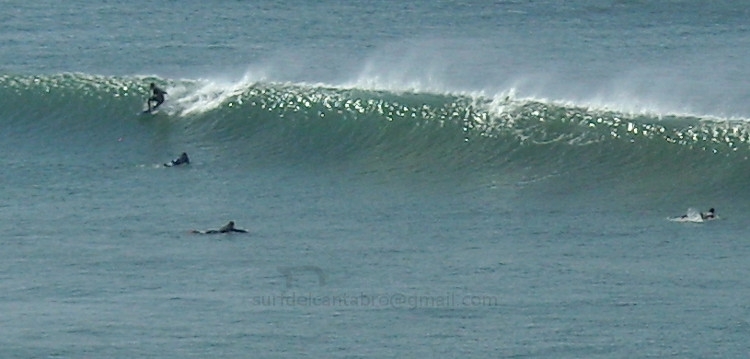
![]()
![]()
